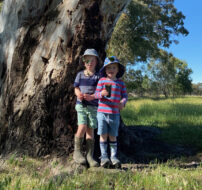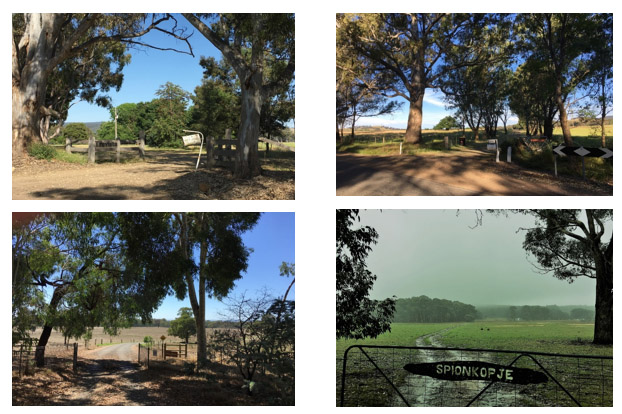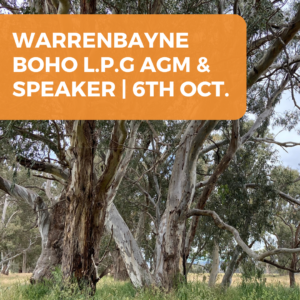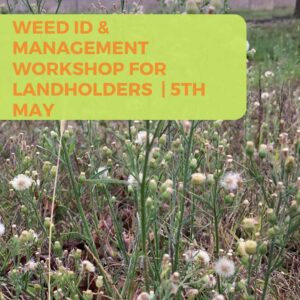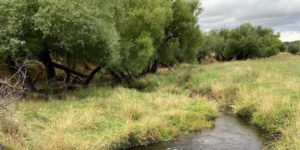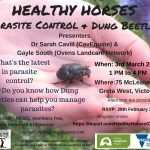About the group
Warrenbayne Boho Land Protection Group was one of the first community groups of its kind to be formed in Victoria over 35 years ago, and was crucial in launching the Landcare movement. We respect our ‘champions’, past and present, who have guided the group during that time.
Our Landcare group has a diverse range of landholders within the project area who occupy both small and large holdings. It has traditionally been a proud farming community and many of our members are agricultural managers.
We are constantly assessing the changing landscape in which we live and work, as well as the environmental issues that we face. As a robust and productive group, we have developed an agreed plan of action which reflects our understanding of land management issues, how best to address these and how these actions affect the greater catchment area.
The issues that our Landcare group need to manage include:
- Protection and restoration of remnant vegetation
- Salinity and soil acidity
- Carbon emissions and climate change impacts
- Erosion control
- Riparian zone protection
- Pest weeds and animals
- Biosecurity
Through sustained action, a unified approach to problem solving, strong networks and accountability to stakeholders, we hope to make a positive contribution towards protecting the environment and supporting landholders who want to make a difference.
Where we are located
The Warrenbayne Boho Land Protection Group area is situated within the adjoining districts of Warrenbayne and Boho, just southwest of Benalla. It’s northern boundary extends from the Reef Hills following the Hume Freeway west to Violet Town, down south to the foothills of the Strathbogie Ranges, with it’s eastern boundary being the Midland Highway near Swanpool.
The geology of the area is unusual with the parent rock being rhyodacite (a very hard, impervious granite rock) which, in the Violet Town area, is referred to as Violet Town Volcanics. The zone further from the hills includes deposited fine grained material and heavy clays. There are a number of seasonal waterways flowing through the area which is part of the Goulburn Broken Catchment.
Get in touch
Warrenbayne Boho Land Protection Group welcomes new members. Please contact the Secretary, Meredith, for a membership form:
If you would like to get in touch or have any enquiries, please contact Meredith Paez (Secretary)
Can Project Summary Final Report May2018
(Capturing Airborne Nutrients)
Summary Final Reports of the four farm trials.
Saturday 5th May 2018
Boho CFA Fire Shed – Boho Church Road
Aeration & Biological Amendments for soil health and low-cost pasture production

Acknowledgements:
‘Glen Shee’ – Peter and Meg Johnson
‘Trevista’ – Ken and May Heywood
‘Hillside Manor’ – Marg Davis
‘Spion Kopje’ – Ethne Green
Secretary/Treasurer Warrenbayne/Boho Land Protection Group – Ethne Green 0408 287 976
Technical Advisor – Dr John Russell 0417 191 143
John Harrison Chairperson Warrenbayne/Boho Land Protection Group
and the Landcare Group Members
Greg Bekker Agriculture Victoria – Benalla
Kerri Robson Landcare Project Officer
Neil and Nick Bromley
Warrenbayne Hall Committee and Boho CFA Fire Brigade
K.E.V. Engineering Kevin Long – Bendigo, Robby Hodge Biological Practitioner – Euroa,
La Trobe University and NutriSoil – Wodonga. Victoria.
This project is supported by the Goulburn Broken CMA, through funding from the Federal Government’s National Landcare programme.

Contents (Example): For complete Final Reports go to ‘Glecko Clan’ Website
CAN Project Summary and specific Summary of the ‘Trevista’ 3
– CAN Project farm trial 2017/2018 – Observations/Comments/Findings
Introduction 5
Weather History 7
Soil Types and Trial Plot Location 8
Objectives: 8
Objective One – To Double the Soil Carbon in one year.
Objective Two – To Double the Soil Depth in one year.
Objective Three – To Reducing the Soil Acidity in one year.
Objective Four – To Double the Pasture Growth in one year.
Sub-Objective:
Sub-Objective One – Roots and Microbial Action.
Sub-Objective Two – Microbial Populations
Sub-Objective Three– Soil Chemistry
Sub-Objective Four – Soil Physics
Sub-Objective Five – Comparison of Costs
Methodology 8
Trial Measurements and Comments for ‘Trevista’ 9
Appendix: The ‘Trevista’ completed farm survey of the 2017-2018 farm trial. 19
“Glen Shee”
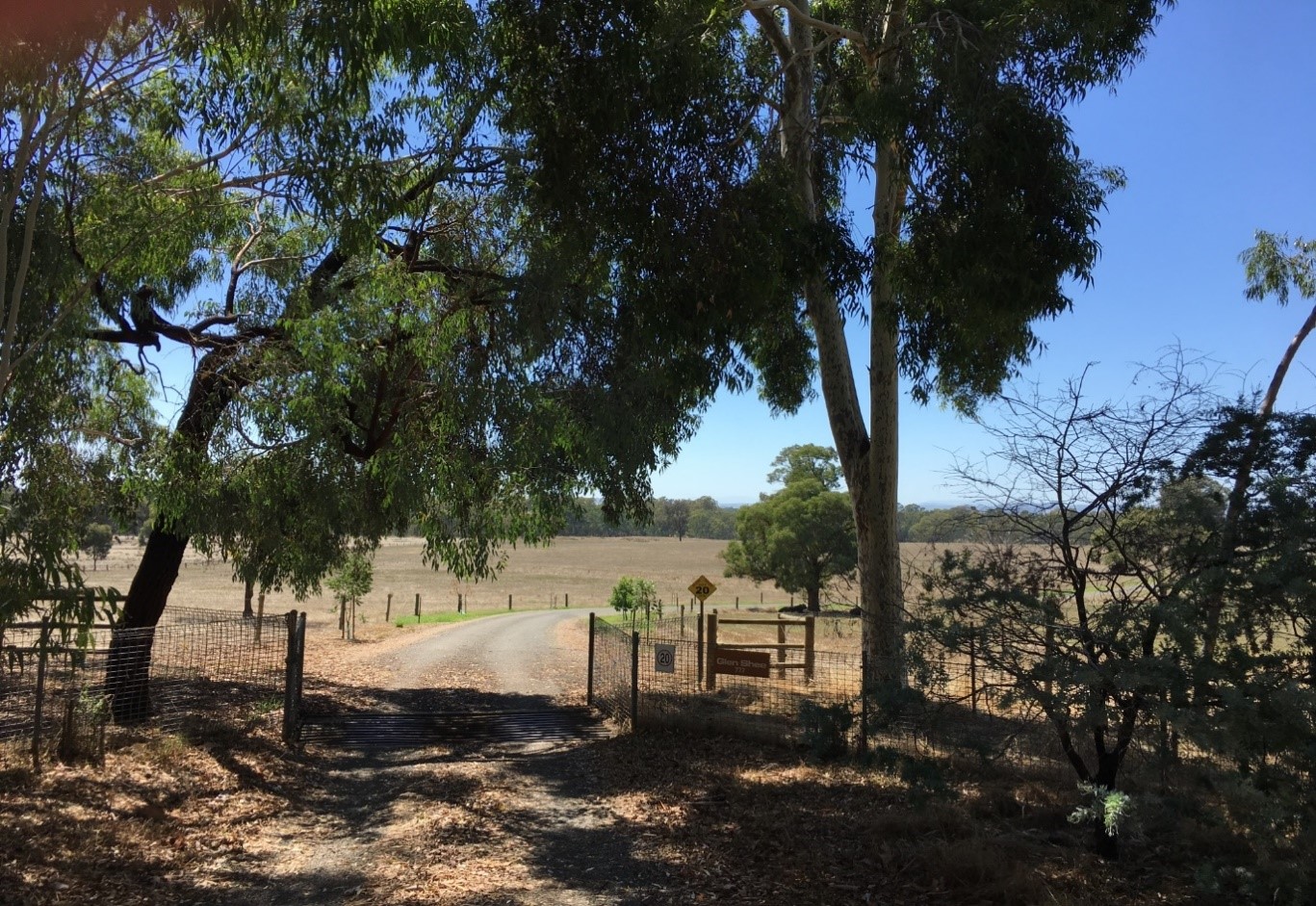
CAN Project Summary and specific Summary of the ‘Glen Shee’ – CAN Project farm trial 2017/2018 – Observations/Comments/Findings
Elements of the Objectives for the CAN Project (Capturing Airborne Nutrients) that arose from the 2016 ‘Proof of Concept’ experimentation have been fulfilled within the 2017 ‘Beyond SoilCare’ grant and other objectives only partially fulfilled.
The most striking finding pertaining to the four farming properties was that the treatments (aeration and biological amendments) significantly influenced the plant growth (quantity, quality, varietal-expression and growing period) and this finding was attributed to a specific bacteria Acotobacter chroococumm that facilitates ‘nitrogen-binding’ in the root-hair zone of grasses when it is not starved of oxygen. This finding was irrespective of aluminium and pHwater levels indicating an activated localised community of bacterium working in close symbiosis with the plant roots.
The most striking finding specific to ‘Glen Shee’ was the exceptionally heavy quality rye grass grown on the trial plot where aeration and biological amendments had been applied to a soil profile with high aluminium levels and transforming pHwater values. This was in an environment where Available and Total Calcium levels were high.
A summary of the Objectives
Objectives:
Objective One – To Double the Soil Carbon in one year. Aeration and biological amendments produced a 16% increase in organic carbon in the first 100mm of soil and 117% from 100-200mm. This would have been greater if the aeration slippers had been set closer and deeper enabling a single pass of the tractor resulting in a homogeneous aeration zone.
Objective Two – To Double the Soil Depth in one year. Aeration and biological amendments produced about an 82% increase in soil depth. This would have been greater if the aeration slippers had been set closer and deeper enabling a single pass of the tractor resulting in a homogeneous aeration zone.
Objective Three – To noticeably decrease Soil Acidity in one year. The pHwater values in November 2017 range from 5.4 to 5.6 in the 0-100mm depth and 5.2 to 5.4 in the 100-200mm depth. The March 2017 pHwater values ranging from 4.8 to 5.0 in the 0-100mm depth signal previous limited pasture growth and it is heartening to see the current pHwater value in the A&B trial plot currently at 5.6: this is where the maximum pasture production was grown.
The H %. Adjusted Cation Exchange Capacity levels in the 0-100mm and 100-200mm depths have decreased by 10% or more from March 2017 to November 2017 and there has been no lime added during the trial period. This is an indication of the soil becoming less acid and is possibly mainly due a 10% increase in Available Ca and to a lesser extent the aeration and biology treatments. This outcome supports ‘Objective Three a pHwater decrease in Soil Acidity in one year’.
Objective Four – To Double the Pasture Growth in one year. Aeration and biological amendments produced a 116% increase in pasture in one year. These aeration and biological amendments produced a predominantly rye grass pasture: one preferred by both the cattle and the farmer. The control C had a lesser pasture with a mixture of rye grass and clover. The pasture in A was predominantly rye grass. This is a significant finding
‘Trevista’
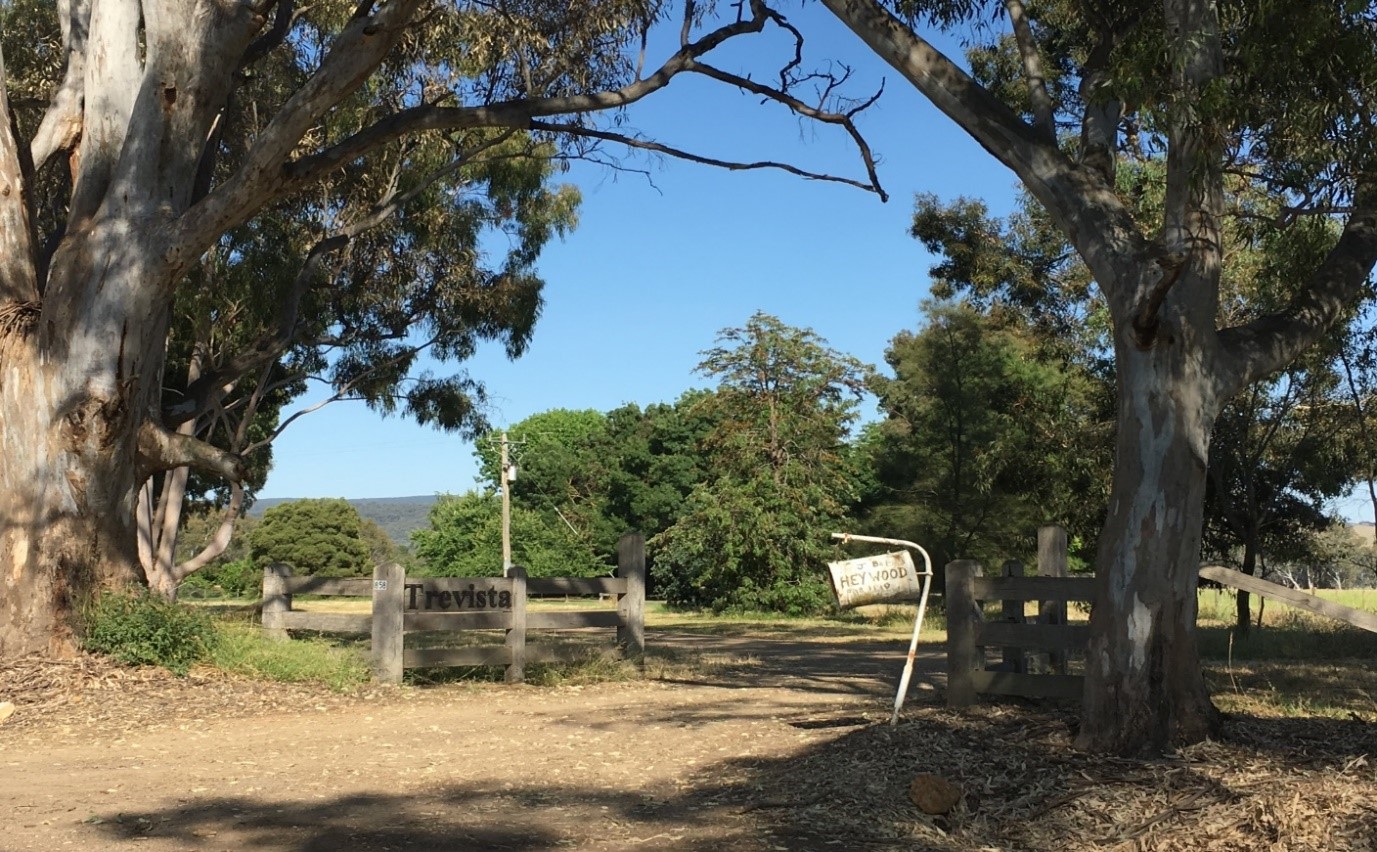
CAN Project Summary and specific Summary of the ‘Trevista’ – CAN Project farm trial 2017/2018 – Observations/Comments/Findings
Elements of the Objectives for the CAN Project (Capturing Airborne Nutrients) that arose from the 2016 ‘Proof of Concept’ experimentation have been fulfilled within the 2017 ‘Beyond SoilCare’ grant and other objectives only partially fulfilled.
The most striking finding pertaining to the four farming properties was that the treatments (aeration and biological amendments) significantly influenced the plant growth (quantity, quality, varietal-expression and growing period) and this finding was attributed to a specific bacteria Acotobacter chroococumm that facilitates ‘nitrogen-binding’ in the root-hair zone of grasses when it is not starved of oxygen. This finding was irrespective of aluminium and pHwater levels indicating an activated localised community of bacterium working in close symbiosis with the plant roots.
The most striking finding specific to ‘Trevista’ was the lack of vigorous root and hair-root development below 120mm and the stressed bacteria below this proximity of the soil profile.
A summary of the Objectives
Objectives:
Objective One – To Double the Soil Carbon in one year. Aeration and biological amendments produced a 42% increase in organic carbon in the first 100mm of soil. The increase in %C for the control C from March 2017 to November 2017 was 13%. These percentage increases in carbon are much less than double which was the objective. It is expected this 42-13=29% increase will become larger over time as the identified severely stressed bacteria continue to improve their overall microbial presence and approach normalised community diversity and numbers.
Objective Two – To Double the Soil Depth in one year. Aeration and biological amendments produced about a 15% increase in soil depth. It is expected increases will become larger over time as the identified severely stressed bacteria continue to improve their overall microbial presence and approach normalised community diversity and numbers.
Objective Three – To noticeably decrease Soil Acidity in one year.
Overall there has been an increase in the pHwater for the three trial plots for the 0-100mm depth in one year. In the depth 100-200mm the pHwater has decreased in A&B, unchanged in C and increased in A. The pHwater is at a level where aluminium presence should not impair root growth.
It is to be noted the Exchangeable Hydrogen Cation Percentages shifted in a correspondingly inverse proportion to the increased pHwater values. This was an expected, but a confirming, outcome.
Objective Four – To Double the Pasture Growth in one year. Aeration and biological amendments produced a 16% increase in pasture in one year. These aeration and biological amendments produced a very different pasture: one preferred by both the cattle and the farmer since the flatweed was replaced by a dominance of rye grass and phalaris and emerged earlier in the growing season. An ongoing increase in pasture quantity and quality is expected over time as the identified severely stressed bacteria continue to improve their overall microbial presence and approach normalised community diversity and numbers. This is a significant finding.
‘Hillside Manor’
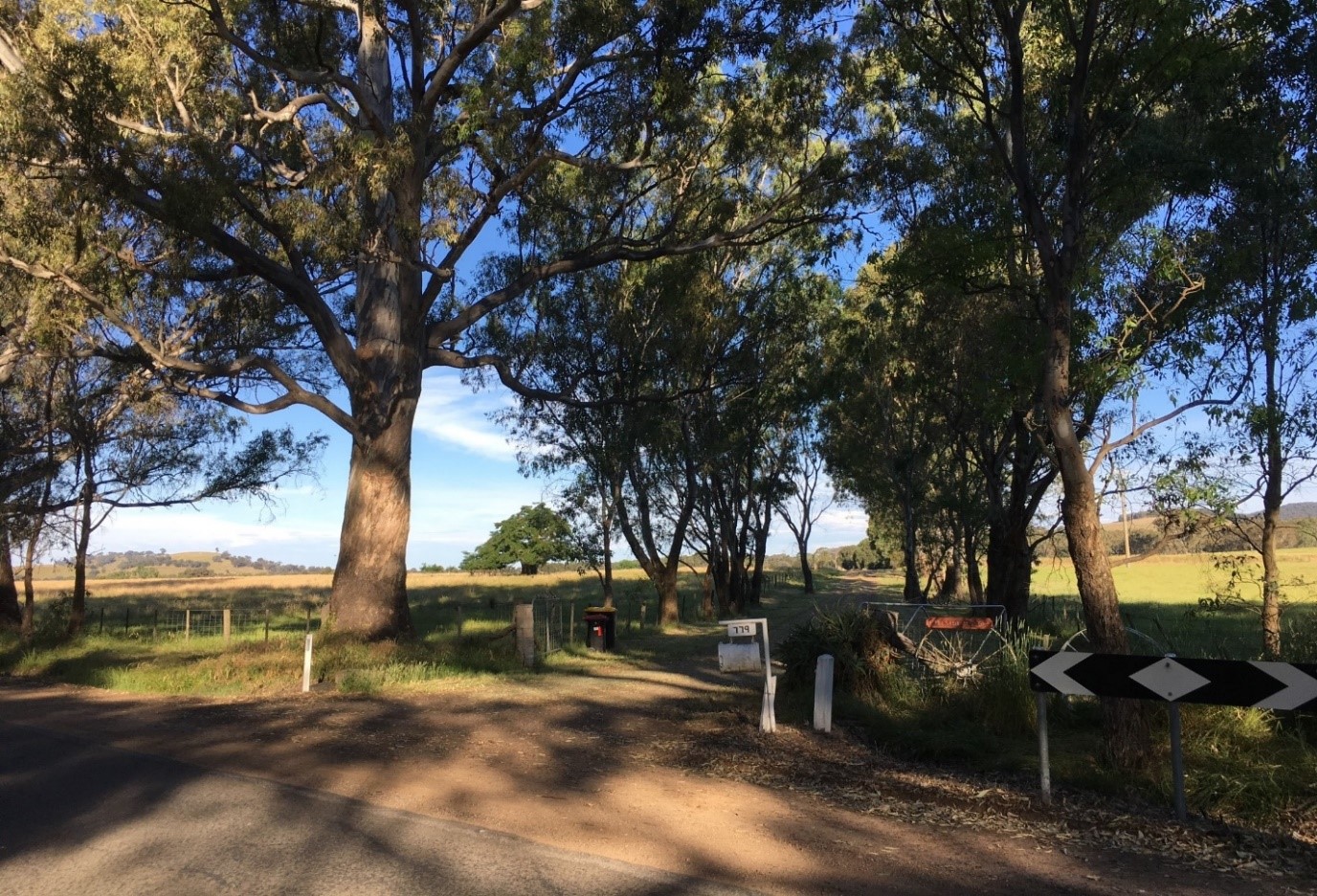
CAN Project Summary and specific Summary of the ‘Hillside Manor’ – CAN Project farm trial 2017/2018 – Observations/Comments/Findings
Elements of the Objectives for the CAN Project (Capturing Airborne Nutrients) that arose from the 2016 ‘Proof of Concept’ experimentation have been fulfilled within the 2017 ‘Beyond SoilCare’ grant and other objectives only partially fulfilled.
The most striking finding pertaining to the four farming properties was that the treatments (aeration and biological amendments) significantly influenced the plant growth (quantity, quality, varietal-expression and growing period) and this finding was attributed to a specific bacteria Acotobacter chroococumm that facilitates ‘nitrogen-binding’ in the root-hair zone of grasses when it is not starved of oxygen. This finding was irrespective of aluminium and pHwater levels indicating an activated localised community of bacterium working in close symbiosis with the plant roots.
The most striking finding specific to ‘Hillside Manor’ was the vigorous root and hair-root development below 120mm that ameliorated plant toxic levels of Extractable Aluminium that had levels consistently greater than 100ppm and soil acidity at pHwater 4.9.
A summary of the Objectives
Objectives:
Objective One – To Double the Soil Carbon in one year. Aeration and biological amendments produced a 77% increase in organic carbon in the first 100mm of soil. This would have been greater if the aeration slippers had been set closer and deeper enabling a single pass of the tractor resulting in a homogeneous aeration zone.
Objective Two – To Double the Soil Depth in one year. Aeration and biological amendments produced about a 50% increase in soil depth. This would have been greater if the aeration slippers had been set closer and deeper enabling a single pass of the tractor resulting in a homogeneous aeration zone.
Objective Three – To noticeably decrease Soil Acidity in one year. The pHWater shifted for soil depth 0-100mm from 5.3 to 6.5 for both A&B and A compared to control C from the period November 2016 to January 2018. It is of importance to note that during this period the control C value shifted from 5.3 to 6.0. Of special interest to these outcomes is that the paddock that held the three trial plots was treated with the lime and other amendments in addition to the Aeration (A) and Aeration and Biology (A&B) described in the methodology and still delivered 0.5 pHwater units greater than the control C indicating an additional outcome attributable to the A and A&B treatments. If this observation can be repeated the above is an outstanding outcome.
Below 100mm deep the soil pHw was 5.1 in control C at 23/3/2017 as shown in Table 3 and rose to pHw 5.5 in A&B by 22/01/2018. This indicated that the aeration zone had facilitated the amelioration of the aluminium toxicity enabling significant root development below a soil depth of 100mm. If this observation can be repeated the above is an outstanding outcome.
It is to be noted the Exchangeable Hydrogen Cation Percentages shifted in a correspondingly inverse proportion to the increased pHwater values. This was an expected, but confirming, outcome.
Objective Four – To Double the Pasture Growth in one year. It is not known whether the pasture growth was doubled in one-year since the trial plot areas were not fenced off and were periodically grazed by sheep. It was observed that the treated pastures were preferentially grazed by the sheep at every opportunity: this made the task of estimating the comparative pasture production impossible.
‘Spion Kopje’
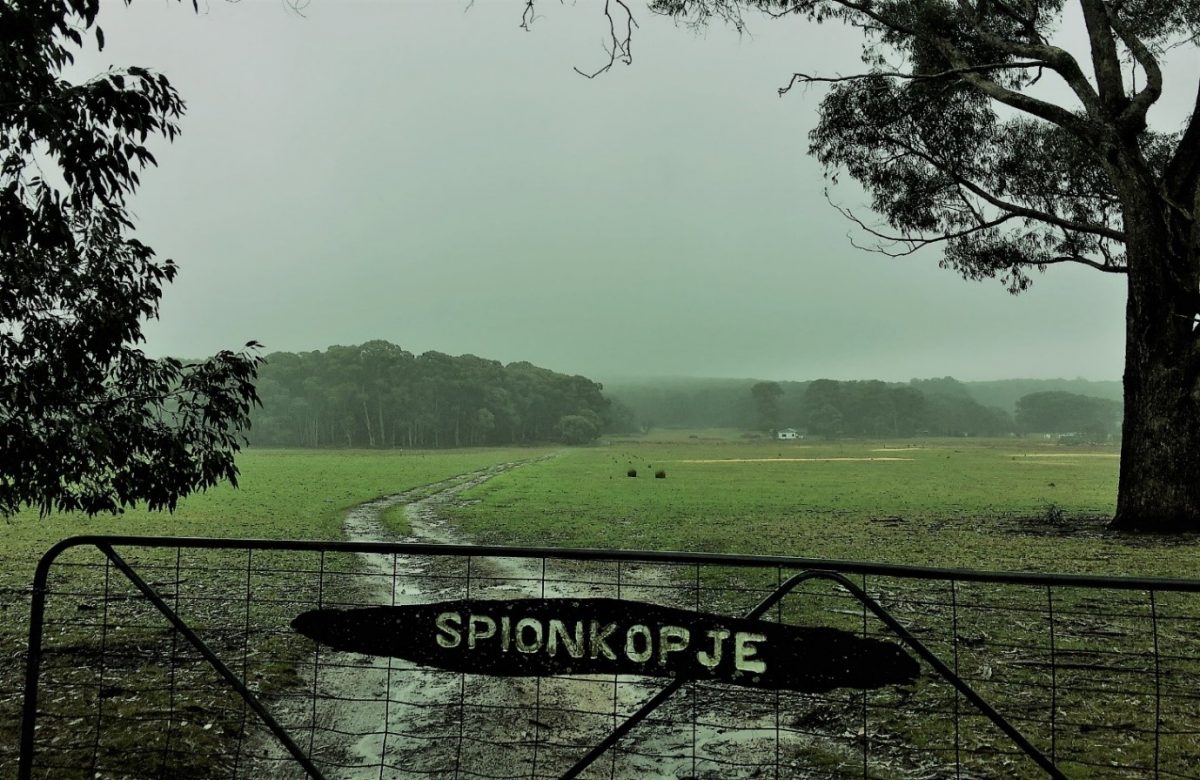
CAN Project Summary and specific Summary of the ‘’Spion Kojpe’ – CAN Project farm trial 2017/2018 – Observations/Comments/Findings
Elements of the Objectives for the CAN Project (Capturing Airborne Nutrients) that arose from the 2016 ‘Proof of Concept’ experimentation have been fulfilled within the 2017 ‘Beyond Soilcare’ grant: other objectives partially fulfilled, and others not even partially achieved.
The most striking finding pertaining to the four farming properties was that the treatments (aeration and biological amendments) significantly influenced the plant growth (quantity, quality, variety and seasonal timing) and this finding was attributed to a specific bacteria Acotobacter chroococumm that facilitates ‘nitrogen-binding’ in the root-hair zone of grasses when it is not starved of oxygen. This finding was irrespective of aluminium and pHwater levels indicating an activated localised community of bacterium working in close symbiosis with the plant roots.
The most striking finding specific to ‘Spion Kopje’ was the vigorous root and hair-root development along the aeration lines where the sampled data recorded plant toxic levels of Extractable Aluminium consistently greater than 100ppm and soil acidity at pHwater 4.9.
The ‘Spion Kopje’ aeration and biological amendments noticeably accentuated the growth of the monocotyledon (grasses – silver grass). The aeration immediately enhanced the root tip penetration and its development throughout the shattered soil aeration zone while the biological amendments stimulated the plant growth as shown captured in the pasture cages. The existing monocotyledon grasses germinated and reached maturity earlier. The existing pasture in the Control (C) was predominately dicotyledons (flat-weeds) and remained greener into the summer due to its effective tap root. The pasture growth in all three trial plots was inhibited to some degree. White clover remained present in the three trial plots.
A summary of the Objectives
Objectives:
Objective One – To Double the Soil Carbon in one year. Aeration and biological amendments produced a 2% decrease in organic carbon in the first 100mm of soil and a 5% increase for the 100-200mm depth. Given the enlarger root mass in the treated A&B and A trial plots a larger percentage of OC% was expected compared to C. The reason could to be attributed to the existence of a thick thatch on the control C soil surface and none on A&B. This OC% would have been greater if the aeration slippers had been set closer and deeper enabling a single pass of the tractor resulting in a homogeneous aeration zone.
Objective Two – To Double the Soil Depth in one year. Aeration and biological amendments produced about a 500% increase in soil depth. This was so large an increase because the initial effective soil depth was so small and would have been more general if the aeration slippers had been set closer and deeper enabling a single pass of the tractor resulting in a homogeneous aeration zone.
Objective Three – To noticeably decrease Soil Acidity in one year. The acidity of the soil remained basically unchanged at pHWater 4.9. The H% Adjusted Cation Exchange Capacity for the three trial plots has remained basically unchanged at around 79% which corresponds to a small increase in soil acidity.
Objective Four – To Double the Pasture Growth in one year. It is not known whether the pasture growth was doubled in one-year since the pasture production was not measured for the three trial plots as the trial areas were not fenced off and were grazed by sheep, kangaroos and deer. On the 21/9/2017 small pasture cages were installed to enable the monitoring of the growth for the two treatments against the control plot. The aeration initiated earlier germination and growth of the existing grasses (predominantly silver grass) to what appeared to be a greater height than for grasses in C. The grasses in A&B and A quickly out-competed the flat-weed grasses in C. It was observed the treated pastures were preferentially grazed by the animals. The treated pastures started earlier and finished earlier. The root depth and root structure in A&B and A was significantly deeper and more robust than that in control C.

